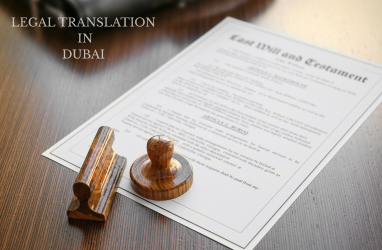IP Challenges in 2022: Living in a Business-Driven World
Research revealed that entrepreneurs were the main force behind the global economy in 2020. There would be no global GDP to speak of without the contributions of private businesses. By 2022, business activity in Africa will have contributed more than 85 percent to the continent's gross domestic product (GDP). While robust business ideas, products, services, and inventions do contribute to economic growth, the success of these endeavors is not independent of the advantages that IP systems provide to companies, which are exploited to great effect. Due to these successes, there are many IP challenges faced by businesses that must be tackled.
There is no ceiling on the potential profits that can be made from intellectual property for companies that are positioned strategically to make a difference in the world.
Tackling IP Challenges for Businesses
1. Registry Issues, Backlogs, and Delays
Trademark registration typically takes 1 year, according to available data. For patents, time is on your side because there are considerations beyond just novelty and patentability by experts at the registry before registration is commenced.
Within six months or less of filing an application, a trademark or invention is typically assigned to an examining attorney. Any material update, such as an office action or a notice of publication, is typically received after approximately 7 months. Applicants in developed nations, like the United States, can file oppositions within 30 days of the publication date, which is specified in the notice of publication.
As a result of these setbacks, the company may not be able to immediately expand into more lucrative markets, especially given that its products are not yet well-known outside of its immediate vicinity.
Two strategies exist for addressing late registration: first, choose a powerful trademark; and second, where it is an invention, make sure it meets all of the criteria for patentability.
In this manner, the time required to fully appreciate its singularity is reduced. Secondly, if there is any office action or opposition, make sure to respond as soon as possible so as not to further delay the registration process.
2. Lack of Experts in Patent Claims Drafting for Eligible Works
Among the many steps involved in applying for a patent, the most important is probably the drafting of the actual application itself. Legal protection for an invention includes the ability to prevent others from making use of it, but only if the patent claims are written correctly.
Patent claims need to encompass as much of innovative processes as possible while they are still in their infancy.
Additionally, the scope of the invention shifts as more experiments are carried out, necessitating multiple revisions of the patent claims.
For some advice, consider the following:
- Patent claims should be written with the expectation of opposition in mind, and the application should include details that can be used to address concerns that may be raised. Preface your claim with language that does not restrict its applicability, and avoid using functional jargon whenever possible.
3. Cost of Protection
To register a trademark, you can expect to pay between $225 and $325 per class code (not including search or attorney fees). The expense of obtaining a patent is greater and more dispersed among numerous specialists.
Copyright and industrial design protection costs are typically proportional to the maturity of a country's copyright and identification (ID) infrastructure.
Taking advantage of the IP funds made available in many countries for business is the most effective way to deal with the cost of IP protection.
For instance, in January 2022, the European Commission unveiled the EU SME Fund, which contains roughly 47 million euros and is aimed at safeguarding the intellectual property of EU SMEs during their COVID-19 recovery and digital transitions. Businesses can save up to 60% on IP protection thanks to policies similar to those in place in China, the United States, South Africa, and Malaysia.





